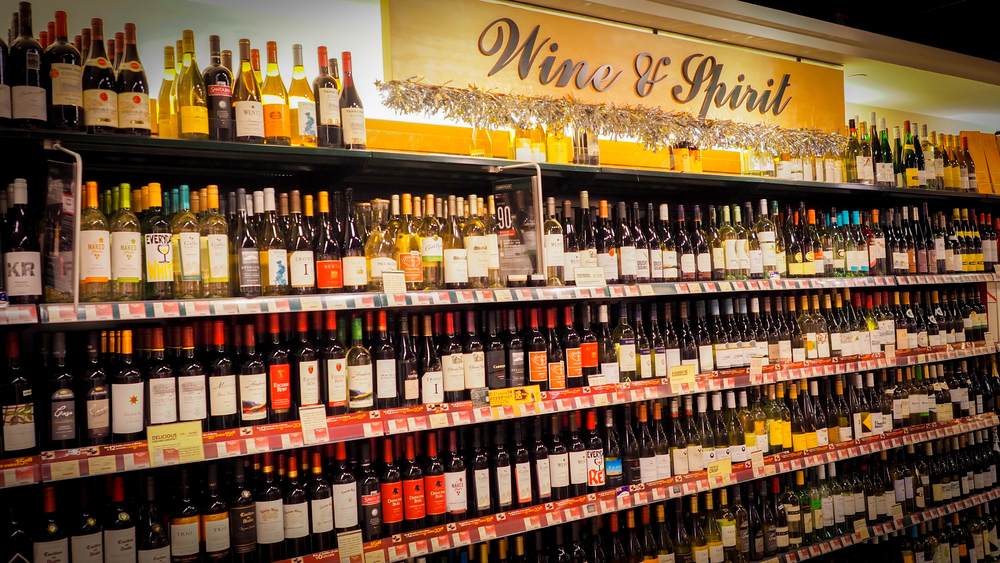A wine label is not reading Shakespeare. You don’t need an advanced degree or to bring a trained sommelier with you. Though wine labels can seem fancy, they’re not. They’re informational, like the nutritional content guide on a box of cereal. Really! We’re breaking down the basic parts of a wine label and how to read them. And it’s simple, we’ll talk you through it.
Wine labels have a few basic parts:
1. Name. Seems obvious, right? The name or producer is usually at the top or the bottom of a wine label. If you like a specific wine and remember the producer, look for the name on other wines, it’s a good way to start expanding your wine tastes.
2. The region. This is where the grapes used to make the wine were grown. Generally speaking, the more specific the region, the higher quality wine. For example, “California” vs. “Napa Valley”.
3. Type of grapes. These are the varietals. And while that sounds like a fancy wine word, it just means what type of wine it is: Riesling, Malbec, etc. Or it can have some variation on the word “blend”, meaning a few different types of grapes were used in making the wine. Blends aren’t necessarily better or worse than single varietal wines, it’s all preference.
4. Alcohol by volume. You’re familiar with this, right? This is very general but European wine regions usually have lower ABVs and wines produced in the U.S. have higher ABVs. And the higher ABV, the richer the wine. But again, this is all personal preference. [pagebreak]
Now, there are a few more things you might find on a wine label. And while they aren’t necessarily helpful for novice wine buyers, here’s what they are. Don’t say we never taught you anything.
1. Vintage or Non-Vintage. This refers to the year the grapes were harvested. Unless you’re familiar with a vineyard of vintages to begin with, this won’t be too helpful. However, multi-vintage wines means the producer combined grapes from several years to make a flavor they wanted, and that’s usually cheaper.
2. Estate Bottled Wine. Not everything is done on the vineyard. This term means that the grapes were grown, made into wine, and bottled at the same place. When a wine comes from a few different places, it tends to be lower value. (But that’s not a hard and fast rule).
3. Reserve. This is a fancy word that doesn’t necessarily mean anything. Sometimes it’s mean that winemakers best wine but there’s no guideline for using this word.


![Making Mealtime Matter with La Familia: Easy Sofrito [Video]](https://thelatinkitchen.com/wp-content/uploads/2015/10/sofrito-shutterstock__0-500x383.jpg)
![Easy Latin Smoothies: Goji Berry Smoothie [Video]](https://thelatinkitchen.com/wp-content/uploads/2015/12/goji_berry-shutterstock_-500x383.jpg)
















![Fun and Fast Recipes: Fiesta Cabbage Salad [Video]](https://thelatinkitchen.com/wp-content/uploads/2015/11/fiesta_cabbage_slaw-shutterstock_-500x383.jpg)









